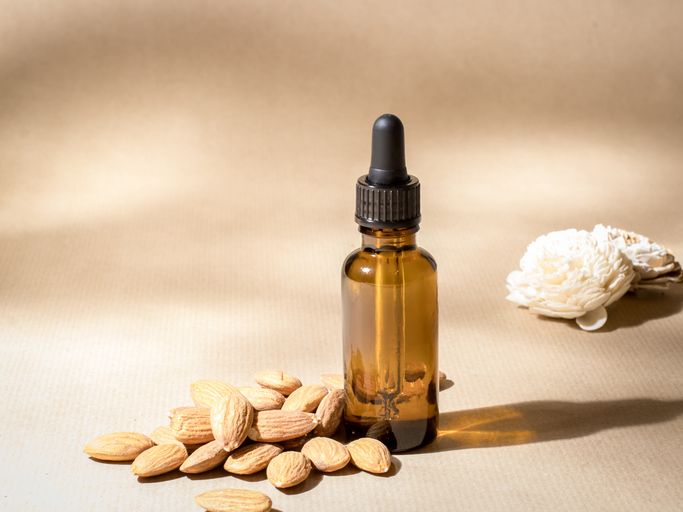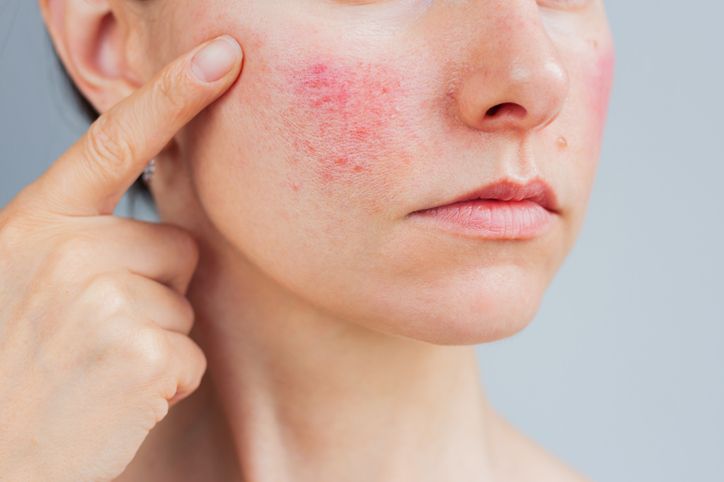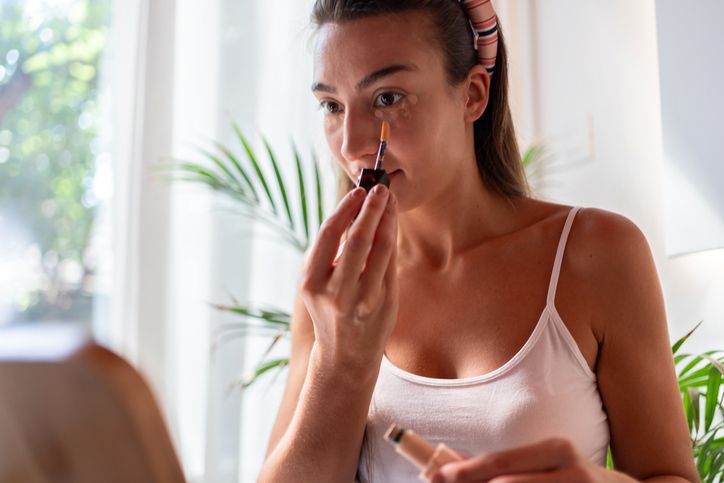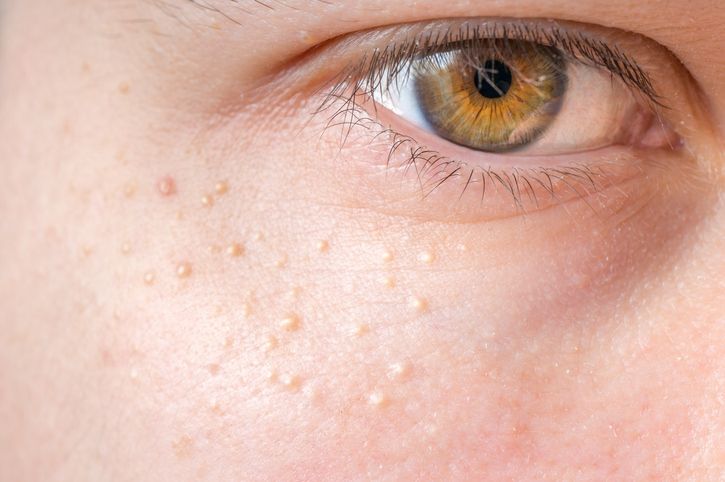- Home
- Trend
- Weight Loss Strategies
- Acne Tips
- Hair Health Information
- Blemish Removal Tips
- Acne Scar Removal Tips
- Muscle Building Techniques
- Intimate Care Tips
- Postpartum Intimate Care
- Eye Bags Wiki
- Tips for Face Slimming
- Secret of Permanent Hair Removal
- Breast Enlargement Tips
- Cure to Snoring
- Marionette Lines
- Skin-Tightening Secrets
With each passing year, your skin evolves, showing signs of ageing influenced by both natural processes and lifestyle habits. Paying attention to these changes is key to maintaining a vibrant complexion and tackling skin concerns effectively. Explore the typical signs of ageing, discover how Thermage FLX 5th Generation Face Lift Treatment can make a difference, and find out practical tips to keep your skin youthful and resilient.
How People Experience Different Types of Ageing Signs?
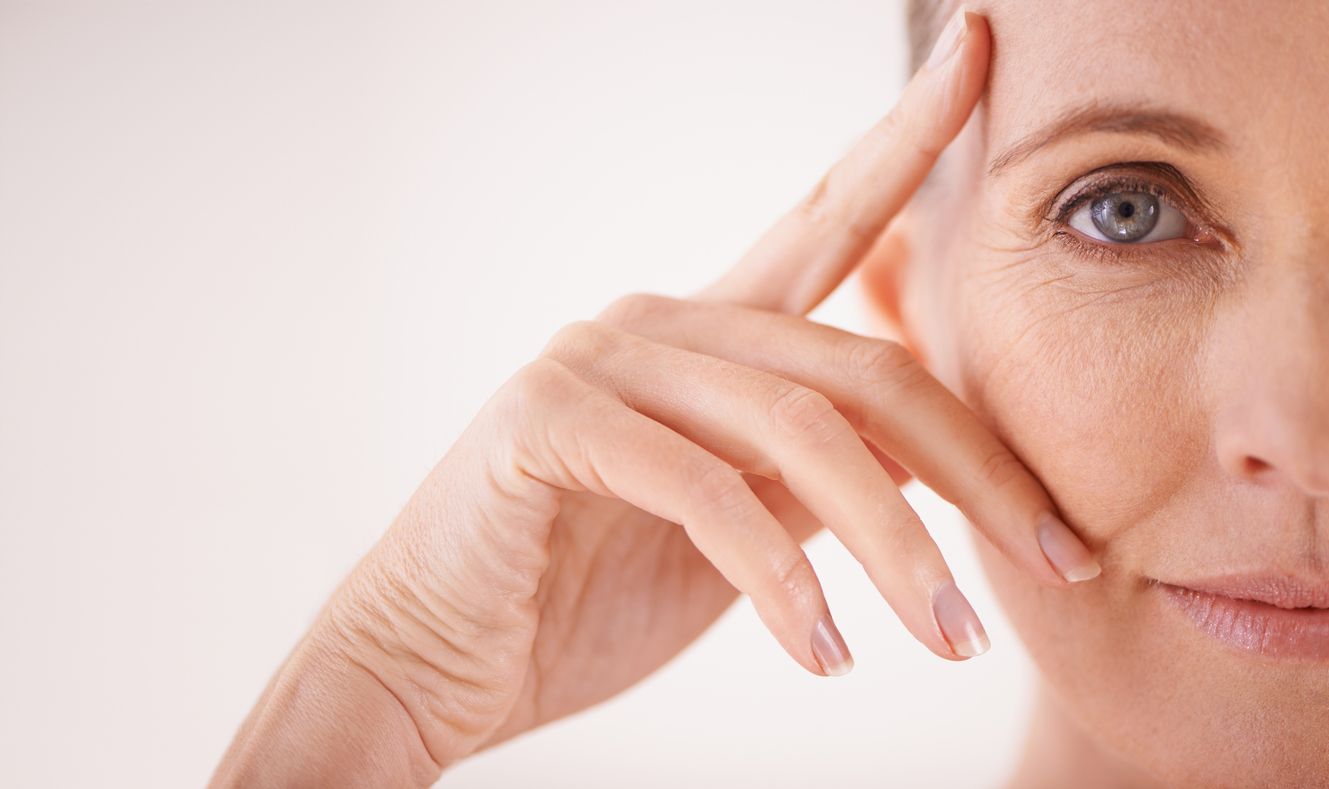
Ageing manifests through various visible changes, each revealing different aspects of the skin’s health and resilience. Understanding these signs helps us identify the right interventions to maintain a youthful appearance and manage skin health effectively. Here’s a closer look at the common signs of ageing and how they affect our skin:
1. Fine Lines and Wrinkles
Fine lines and wrinkles are among the most noticeable signs of ageing. These lines typically appear as a result of decreased collagen production, which is essential for maintaining skin elasticity and firmness. Collagen, a protein that helps keep the skin plump and youthful, naturally declines with age.
Wrinkles often develop in areas that experience frequent facial movements, such as around the eyes (crow’s feet) and mouth (smile lines). Over time, these lines deepen and become more pronounced as the skin’s ability to repair itself diminishes.
2. Age Spots and Liver Spots
Age spots, or liver spots, are flat, pigmented areas that often appear on sun-exposed parts of the skin, such as the face, hands, and shoulders. They result from prolonged sun exposure, which triggers an increase in melanin production.
Melanin is the pigment responsible for skin colour, and its uneven distribution can lead to these brown patches. Age spots are a common sign of ageing and can contribute to an uneven skin tone, highlighting the need for effective sun protection and skin care.
3. Changes in Skin Texture and Tone
As we age, skin texture can become uneven and tone can appear dull. This is due to a decrease in skin cell turnover and a thinning of the skin. The skin’s natural exfoliation process slows down, leading to a buildup of dead skin cells and a loss of the skin’s natural radiance.
Sun exposure, pollution, and lifestyle choices can exacerbate these changes, resulting in rough patches, dry areas, and discoloration. Addressing these issues often involves incorporating exfoliants and hydrating products into your skincare routine.
4. Loss of Skin Elasticity
The loss of skin elasticity is a significant sign of ageing, often resulting in sagging and a loss of definition. This occurs due to the breakdown of collagen and elastin fibres, which are crucial for maintaining skin’s firmness and resilience.
As these proteins degrade over time, the skin becomes less capable of bouncing back from stretching or movement. This can lead to drooping in areas such as the cheeks and jawline, contributing to an older appearance. Restoring elasticity typically requires treatments that stimulate collagen production and enhance skin firmness.
5. Visible Blood Vessels and Skin Thinness
With ageing, the skin thins, particularly in areas like the cheeks and around the nose. This thinning makes underlying blood vessels more visible, often appearing as red or purple lines on the surface. The visibility of these blood vessels is a result of reduced skin thickness and diminished protective barriers.
Sun damage, coupled with the natural ageing process, can exacerbate this thinning, making the skin more prone to bruising and other issues. Protecting the skin from sun exposure and using products that strengthen the skin barrier can help manage this sign of ageing.
What Can Happen If You Ignore Your Ageing Signs?
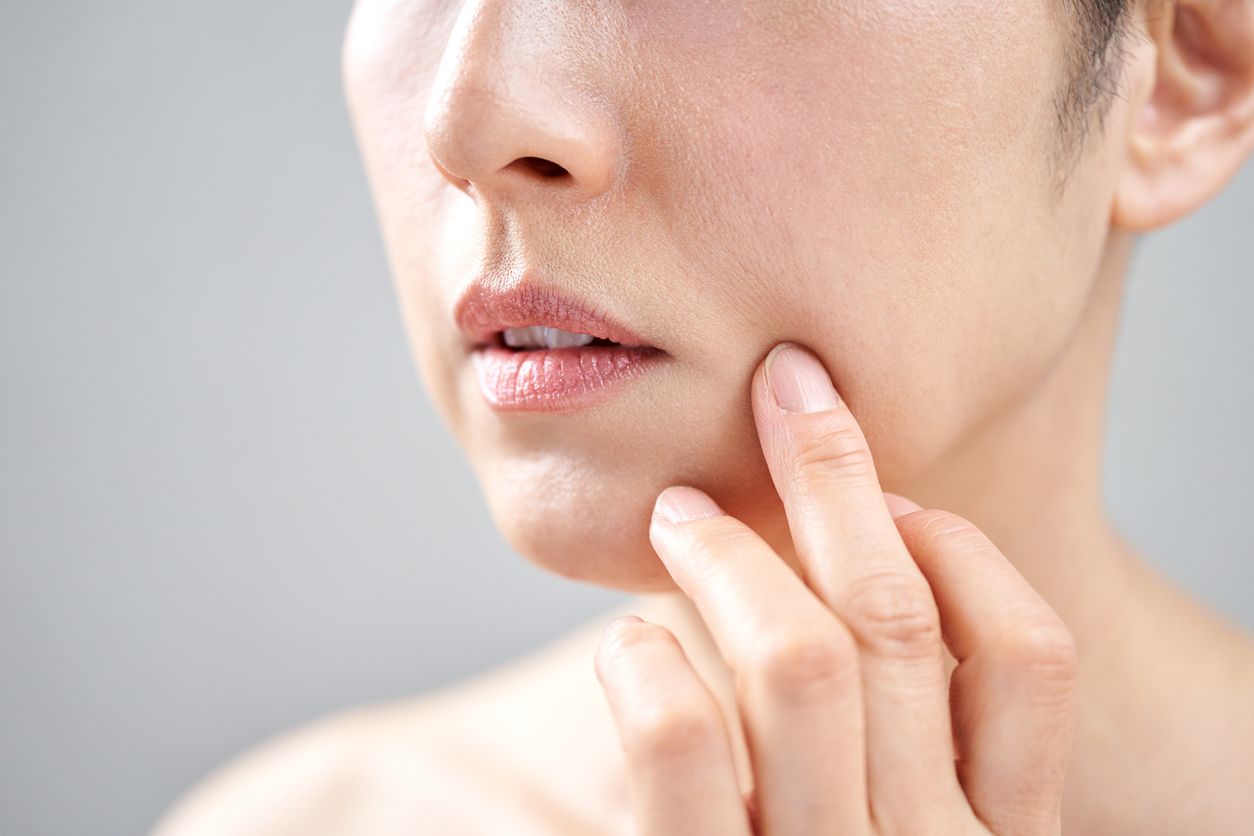
Ignoring ageing signs can have several impacts on your skin and overall appearance. Here’s what can happen:
Development of Age Spots and Uneven Skin Tone
Sun exposure and ageing can lead to the formation of age spots and uneven skin tone. Without preventive measures or treatment, these spots can become more noticeable and widespread.
Deterioration of Skin Texture
Neglecting ageing signs can lead to a rougher skin texture as cell turnover slows down. This can make the skin look dull and less vibrant.
Worsening of Skin Conditions
Conditions like acne scars, pigmentation, and rosacea can become more pronounced if ageing signs are ignored. These issues can be compounded by the skin’s decreasing ability to heal and regenerate.
Increased Risk of Skin Cancer
Prolonged sun exposure without adequate protection can increase the risk of skin cancer. Ageing skin is more susceptible to damage from UV rays, which can lead to skin cancers such as basal cell carcinoma and squamous cell carcinoma.
Reduced Confidence and Self-Esteem
Visible ageing signs can affect self-esteem and confidence. As skin changes become more noticeable, it can impact how individuals feel about their appearance and how they interact socially.
Diminished Effectiveness of Future Treatments
Ignoring early signs of ageing can make it more challenging and costly to address them later. Early intervention often yields better results, so neglecting signs can limit the effectiveness of future treatments.
免費體驗
Thermage FLX 5th Generation Face Lift Treatment
1 Minute Self-Registration
Date should not be before minimal date
How Thermage FLX 5th Generation Face Lift Treatment Can Help
If you wish to counteract the visible signs of ageing, Thermage FLX 5th Generation Face Lift Treatment offers a compelling solution. This advanced treatment targets multiple layers of the skin, harnessing the power of technology to address a range of ageing concerns.
How Thermage FLX Can Help Rejuvenate Your Skin
Stimulating Collagen Production
Thermage FLX employs cutting-edge monopolar radiofrequency technology to penetrate deep into the skin layers. This process stimulates the production of collagen, a key protein responsible for skin firmness and elasticity.
Thermage FLX helps to tighten the skin and smooth out fine lines and wrinkles, providing a more youthful appearance by enhancing your collagen levels.
Improving Skin Texture and Tone
The treatment promotes collagen regeneration, which in turn enhances overall skin texture and tone.
This improvement helps to reduce the visibility of age spots and creates a more even and smooth skin surface. As the skin’s texture becomes more refined, it looks fresher and more radiant.
Restoring Skin Elasticity
Thermage FLX works by stimulating deeper layers of the skin, which helps restore lost elasticity. This can significantly reduce sagging and improve skin contour, particularly in areas where the skin has become loose or less defined.
By enhancing skin elasticity, the treatment helps to maintain a more contoured and youthful look.
Safe and Non-Invasive
One of the key advantages of Thermage FLX is that it is a non-invasive procedure.
It does not require downtime, making it a convenient option for those seeking to address signs of ageing without undergoing surgery. This means you can achieve noticeable results while continuing with your daily routine.
10 Tips on What Products You Can Use to Further Protect Your Skin As You Age
Aside from utilising the Thermage treatment to combat signs of ageing, you should integrate specific skin care strategies into your routine. Each approach targets different aspects of skin health, helping to maintain a youthful appearance and address common ageing concerns. Here’s a closer look at some of the useful products:
Tip 1: Broad-Spectrum Sunscreen
Daily application of broad-spectrum sunscreen shields your skin from harmful UV rays. UV exposure accelerates collagen breakdown, leading to premature ageing.
Where Can You Find it?
Broad-spectrum sunscreen is commonly found in various forms such as lotions, creams, gels, and sprays. Look for sunscreens with SPF 30 or higher and labelled as broad-spectrum to protect against both UVA and UVB rays.
Tip 2: Antioxidants
Integrate products rich in antioxidants, like vitamin C, into your skincare regimen. Antioxidants counteract free radicals and reduce oxidative stress, which helps support collagen production. This action enhances skin elasticity, evens out skin tone, and reduces visible ageing signs.
Where Can You Find it?
Antioxidants like vitamin C are typically found in serums, moisturisers, and eye creams.
Tip 3: Retinoids
Retinoids, including retinol, are effective in increasing cell turnover and boosting collagen production. They promote the regeneration of skin cells, helping to smooth out fine lines, improve texture, and create a more even skin tone. Regular use can lead to a visibly younger complexion.
Where Can You Find it?
Retinoids, including retinol, are commonly found in anti-ageing serums, creams, and lotions.
Tip 4: Peptides
Peptides are small protein fragments that play a key role in collagen synthesis. They reinforce the skin’s structural matrix, improving firmness and reducing the visibility of wrinkles. Peptide-enriched products support skin resilience and contribute to a more youthful appearance.
Where Can You Find it?
Peptides are found in various skincare products such as serums, creams, and masks.
Tip 5: Niacinamide
Niacinamide, also known as vitamin B3, enhances skin elasticity and strengthens the skin barrier. It reduces age spots, evens skin tone, and boosts hydration.
This ingredient is essential for maintaining overall skin health and addressing visible ageing signs.
Where Can You Find it?
Niacinamide is present in a range of skincare products including serums, moisturisers, and eye creams.
Tip 6: Hyaluronic Acid
Hyaluronic acid excels at attracting and retaining moisture. It helps keep the skin hydrated, plumping up fine lines and wrinkles for a smoother, more youthful look. Regular application significantly improves skin hydration levels.
Where Can You Find it?
Hyaluronic acid is commonly found in serums, moisturisers, and masks designed to hydrate and plump the skin. Look for hydrating products that highlight hyaluronic acid as a key ingredient.
Tip 7: Growth Factor Serums
Growth factor serums encourage cell renewal and repair, rejuvenating ageing skin. They improve texture, diminish fine lines, and boost overall skin vitality. These serums help maintain a youthful appearance by enhancing the skin’s natural regenerative processes.
Where Can You Find it?
Growth factor serums are specialised products found in dermatology clinics and high-end skincare brands. These serums are often used in advanced anti-ageing treatments to boost skin rejuvenation.
Tip 8: Alpha Hydroxy Acids (AHAs)
AHAs, such as glycolic acid, exfoliate the skin’s surface, removing dead cells and stimulating cell renewal. This leads to smoother skin texture, reduced age spots, and enhanced radiance. Regular use of AHAs can result in a more even and vibrant skin tone.
Where Can You Find it?
AHAs like glycolic acid are commonly found in exfoliating products, such as cleansers, toners, and masks.
Tip 9: Vitamin E
Vitamin E, a powerful antioxidant, protects the skin from environmental damage. It aids in skin repair, maintains moisture levels, and reduces ageing signs by improving texture and elasticity. Adding vitamin E to your skincare routine helps keep your skin healthy and resilient.
Where Can You Find it?
Vitamin E is included in various skincare products such as creams, serums, and oils.
Combat Ageing Skin Signs: Why Starting Early Makes All the Difference
The signs of skin ageing are hard to avoid, but you can try to reduce it and slow down the ageing process with Thermage FLX 5th Generation Face Lift Treatment to stimulate collagen production and improve skin texture and elasticity. Also, don't forget to include skincare tips into your routine to enhance the effects of this treatment and promote overall skin health.
Ready to take action against skin ageing? Book your Thermage FLX treatment today and discover how this advanced technology can rejuvenate your skin!
免費體驗
Thermage FLX 5th Generation Face Lift Treatment
1 Minute Self-Registration
Date should not be before minimal date
FAQ

1. What are the common skin ageing signs that indicate changes in the layer of the skin?
As we age, the skin undergoes significant changes in its structure. One of the most noticeable signs is the thinning of the skin's outer layer, known as the epidermis. This thinning can make underlying blood vessels more visible and contribute to the formation of fine lines and wrinkles. Additionally, the dermis, which contains collagen and elastin fibres, also deteriorates over time. This breakdown leads to a decrease in skin elasticity and firmness, resulting in sagging and a loss of youthful contour. The cumulative effect of these changes manifests as a more fragile and less resilient skin surface.
2. How does exposure to the sun contribute to skin ageing?
Sun exposure is a major factor in skin ageing, often referred to as photoaging. UV rays penetrate the skin and damage the collagen and elastin fibres in the dermis. This damage impairs the skin’s ability to repair itself, leading to premature ageing signs such as wrinkles, age spots, and a loss of elasticity. Additionally, repeated sun exposure accelerates the formation of fine lines and causes uneven skin tone due to increased melanin production and the breakdown of skin structure. Over time, this can result in a rough, uneven texture and heightened susceptibility to skin problems.
3. What signs of ageing might indicate that your skin is more prone to problems due to changes in oil and sweat glands?
Ageing can affect the function of oil and sweat glands, leading to noticeable skin changes. As we age, oil glands produce less sebum, resulting in drier skin. This reduction in natural oils can cause the skin to become rough, flaky, and more prone to irritation. Similarly, reduced sweat gland activity can decrease skin hydration and contribute to a dry, dull complexion. These changes can exacerbate the appearance of fine lines and wrinkles and make the skin more susceptible to environmental damage and ageing signs.
4. How can fatty tissue changes affect the appearance of ageing skin?
Fatty tissue, which provides cushioning and support beneath the skin, naturally decreases with age. This reduction in subcutaneous fat can lead to noticeable changes in skin appearance, such as sagging and a loss of contour. The decreased fatty tissue results in less volume in the cheeks, under the eyes, and other areas, causing the skin to droop and accentuate wrinkles. The loss of this supportive layer also contributes to the formation of deeper lines and an overall less youthful appearance, as the skin becomes less plump and resilient.
5. If your skin is experiencing increased visibility of blood vessels, what might this indicate about its condition?
Increased visibility of blood vessels, often observed as redness or spider veins, typically indicates that the skin is thinning and losing its protective barrier. This condition, known as telangiectasia, occurs when the skin’s outer layer becomes less robust due to ageing and sun damage. Thinning skin makes it more difficult for the underlying blood vessels to remain concealed, leading to their increased visibility. This sign is a result of the cumulative damage to the skin’s structural integrity and can be exacerbated by factors such as excessive sun exposure and reduced collagen production.






